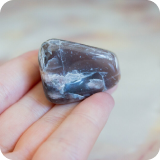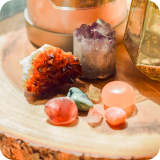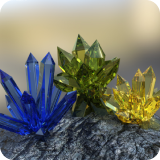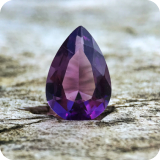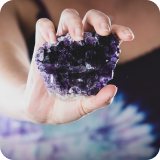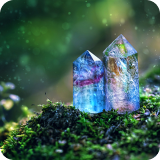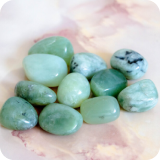- Tips to Keep in Mind When Rockhounding with Friends and Family
- Step 1: Select a Rockhounding Destination
- Step 2: Get Tools and Rockhounding Gear
- Step 3: Rockhounding with Others
- Step 4: Prepare an Itinerary
- Step 5: Go for It!
- Top 5 Crystals to Discover on Your First Trip
- Documenting Your Finds
- Post-Trip: Cleaning and Displaying Your Crystals
- Conclusion
- FAQ
Ever felt the excitement of finding cool crystals, gemstones, rocks, and minerals? Or the happiness of discovering a shiny gem while digging with your family and friends?
You may have thought about how to start rock collecting and share this fun hobby with your loved ones.
Rockhounding, also known as mineral collecting, is more than just a hobby; it’s a real adventure! Think about the fun of finding a sparkly crystal after looking for a while with your kids or friends celebrating the find with you.
Starting with rock collecting is a great experience, especially when you do it with others. But there are some things to remember when searching for crystals with a group.
Getting ready is important. This means picking the right rock-collecting kit and knowing basic rockhounding tools.
If you’re wondering what to look for when rockhounding, don’t worry! This article is perfect for anyone who wants to try rockhounding, whether you’re new to it or a parent wanting to share a fun activity with your kids.
Ready to start your rock-finding adventure? Let’s go!
Tips to Keep in Mind When Rockhounding with Friends and Family
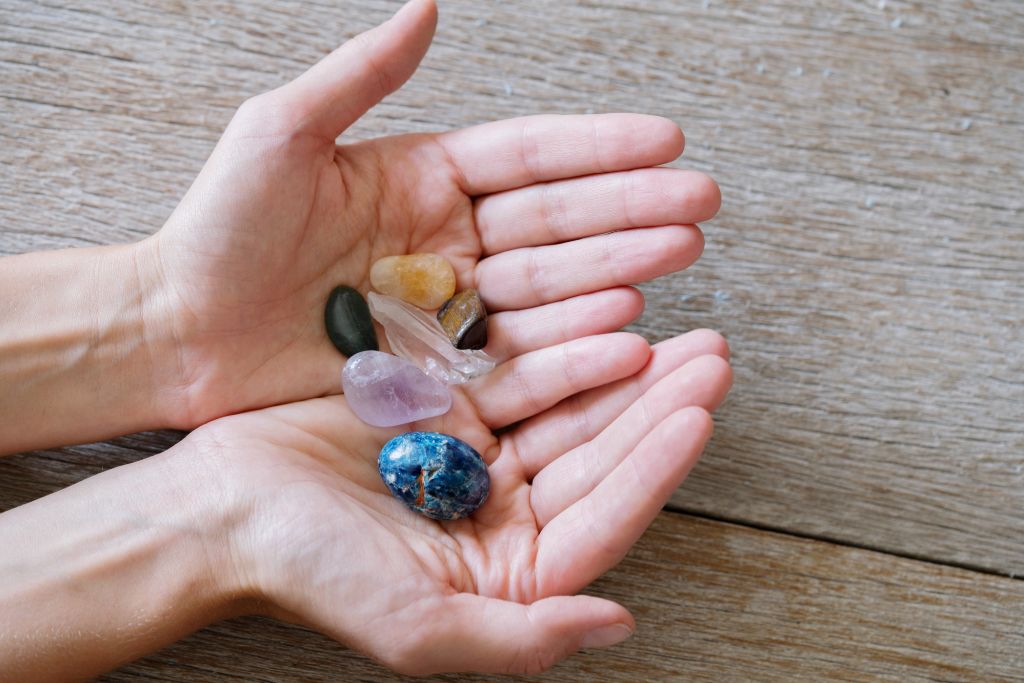
Rockhounding is a delightful journey of collecting rocks and minerals from nature’s treasure troves. Whether you’re a seasoned enthusiast or just exploring how to rockhound, doing it with friends and family adds a layer of joy and camaraderie.
As you try on this adventure of mineral collecting, some tips and tricks can enhance your experience, ensuring that every outing is fun and fruitful.
Step 1: Select a Rockhounding Destination
It’s important to consider the kinds of minerals you’re looking for and how easy it would be to get to them while choosing a site. Some areas are renowned for specific crystals, making them popular rockhounding destinations.
Research is crucial; knowing what to look for when rockhounding can make all the difference. Whether you’re a beginner with a basic rock-collecting kit or a pro with advanced rockhounding tools, the right destination can set the tone for your adventure.
Step 2: Get Tools and Rockhounding Gear
A rock-collecting kit is a good starting point for those wondering how to rockhound effectively. This kit, essential for rock collecting for beginners, typically includes basic tools like a magnifying glass, crack hammers, and a pry bar.
These tools aid the hunt and ensure that each rock or mineral is extracted without damage. Investing in high-quality tools is good for the more seasoned mineral collectors.
It’s not just about the large rock or crystal you might find; sometimes, the tiniest rock specimens can be the most valuable, and having a magnifying tool can make all the difference.
But tools aren’t the only essentials. When planning a rock hunt, especially on public land or remote road cuts, it’s crucial to pack for the day.
Hydration is key, so always carry enough water. Snacks will keep your energy up, and essentials like toiletries and garbage bags (to ensure you leave no trace) are necessary. Safety equipment should always be noticed, including safety glasses or eye protection.
And while you might feel free to explore, always ensure you have permission, especially if venturing onto private lands. Remember, a well-prepared rockhound finds treasures, respects the environment, and prioritizes safety.
Step 3: Rockhounding with Others
Rock collecting with others is a shared journey of discovery. Embrace the group’s diversity; not everyone will have the same energy or excitement. It’s essential to start slow and not rush.
Tailor activities to your group’s interests and ensure everyone’s on the same page by sharing goals, etiquette, and basics of how to rockhound. Keeping everyone informed with a shared itinerary helps in smooth planning. Regular breaks keep the group refreshed.
Carrying a rockhounding book and reference for crystals can enhance the experience. And for easy group identification, consider using a bandana or scarf. Remember, collecting rocks and minerals is about bonding as much as discovery.
Rockhounding with Kids
Taking kids on a rockhounding adventure can be a delightful and educational experience. It’s an opportunity to introduce them to the wonders of nature and the basics of geology. However, ensuring their safety and keeping them engaged is paramount.
- Prioritize child safety at all times.
- Introduce them to basic rockhounding etiquette.
- Make it a fun learning experience with games.
- Allow them to have their own mini rock-collecting kit.
- Celebrate their discoveries, no matter how small.
Rockhounding with Family
Family rockhounding trips are a chance to bond, share experiences, and create lasting memories. Addressing individual needs and ensuring everyone feels included is essential for a harmonious outing.
- Address and conquer any fears beforehand.
- Ensure compatibility by discussing interests and boundaries.
- Allow freedom for individual exploration.
- Respect each member’s space and privacy.
- Celebrate collective discoveries and create lasting memories.
Rockhounding with Older People
Rockhounding with older people offers a unique blend of wisdom, patience, and shared stories. It’s essential to consider their comfort and mobility, ensuring they enjoy the experience as much as anyone else.
- Choose accessible locations considering mobility.
- Be patient and understanding of their pace.
- Share stories and knowledge about rocks and minerals.
- Ensure they have comfortable seating for breaks.
- Celebrate the wisdom and experience they bring to the trip.
Rockhounding with Friends
Friends bring fun, excitement, and camaraderie to rockhounding adventures. Planning together and respecting each other’s interests can make the experience more memorable.
- Coordinate and plan together for a shared experience.
- Respect individual interests and discoveries.
- Share tools and resources.
- Create challenges or friendly competitions.
- Make memories with photos and shared journals.
Rockhounding with Dates or Partners
Rockhounding with a romantic partner can be both an adventurous and intimate experience. It’s a chance to bond, learn together, and create lasting tokens of your shared memories.
- Choose a romantic location with a scenic view.
- Share a rockhounding book and discover together.
- Plan a picnic or cozy break amidst nature.
- Gift each other unique finds from the day.
- Create a keepsake or jewelry from the day’s discoveries.
Rockhounding with Strangers
While rockhounding with strangers can be a chance to learn and meet like-minded individuals, safety and respect are paramount. It’s essential to be cautious while also being open to new experiences.
- Always inform someone close about your whereabouts.
- Stay in well-traveled and known areas.
- Respect personal boundaries and space.
- Learn from diverse perspectives and techniques.
- Ensure personal safety and be cautious of sharing personal details.
Step 4: Prepare an Itinerary
Setting out on a journey of collecting rocks and minerals requires more than just enthusiasm; a well-thought-out itinerary is crucial. When planning your rockhounding adventure, it’s essential to set clear goals.
Are you aiming to introduce a newbie to rock collecting for beginners? Or are you on a quest for a specific mineral? You can tailor your itinerary to meet those objectives by understanding what you hope to achieve.
Familiarize yourself with the location, know what to look for when rockhounding, and understand the local regulations. It’s time to pack once you’ve gathered all the necessary information.
It’s also important to keep in mind several additional factors. A first-aid kit, refreshments, and safety equipment will ensure that everyone returns home in one piece. Your rock-hunting expedition is guaranteed success if you put in the time and effort to prepare for it properly.
Step 5: Go for It!
Setting out on a rockhounding journey with your family and friends is an exhilarating experience, brimming with anticipation and joy. As you begin, it’s paramount to prioritize safety and ensure everyone is at ease with the day’s activities.
Keeping open lines of communication is essential. Make it a point to check in with family members, especially the young and the elderly, to ensure their comfort and enjoyment.
Dive into the experience, practice patience, and cherish that rockhounding’s true delight lies as much in the shared memories and moments as in the treasures you uncover.
Top 5 Crystals to Discover on Your First Trip
Beginning your first rockhounding trip with kids, friends, and family is a thrilling journey of exploration. These top 5 crystals, perfect for beginners, enhance your outdoor experience and create lasting memories.
Quartz
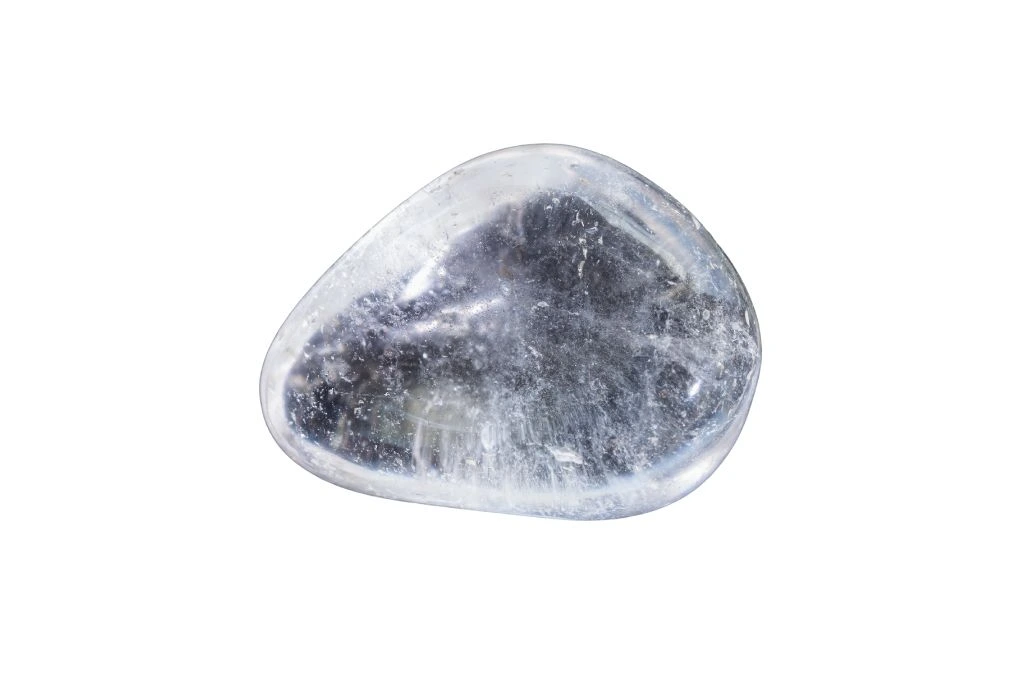
Quartz is one of the most common types of crystals found in the earth’s crust and requires no special training to identify. You may find it in a lot of different places. Quartz may be cleaned by wiping it down with a gentle cloth or brush. You can gently wash it in warm, soapy water if it gets dirty. Quartz is a brittle material that can easily break if you drop it or treat it aggressively.
Feldspar
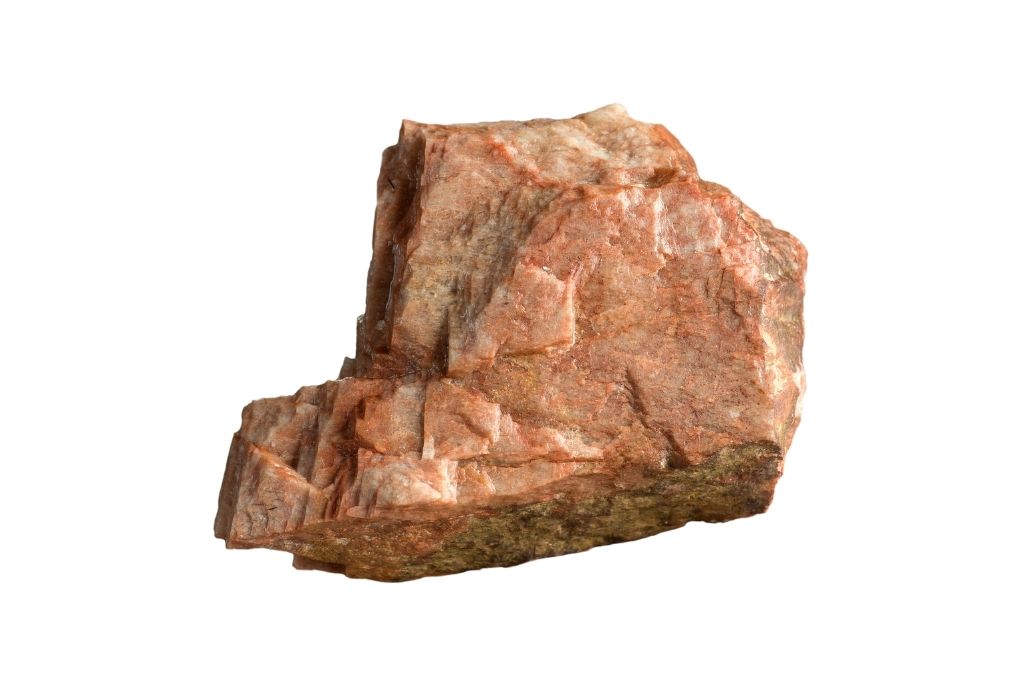
Feldspar is a frequent guest in various types of rocks, making it a common discovery during rockhounding adventures. Cleaning Feldspar is a breeze. You can use a soft brush or cloth to clean it. Feldspar is relatively sturdy and doesn’t break easily during cleaning.
Amethyst
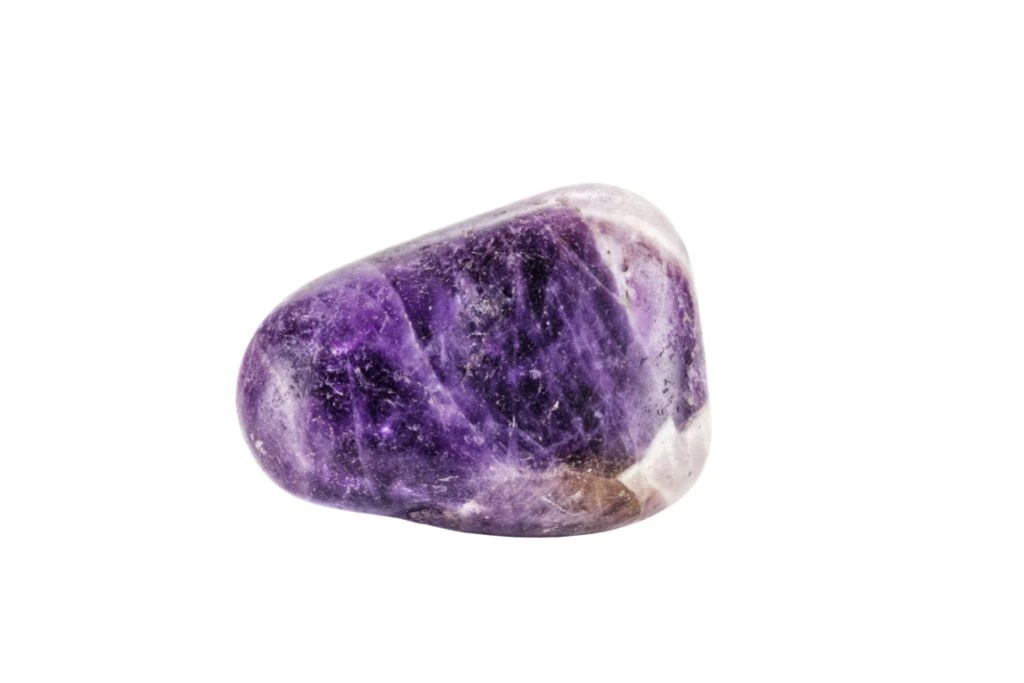
Amethyst is a beautiful purple crystal that is often hidden inside round rocks known as geodes. These geodes are like nature’s treasure chests, waiting to be opened to reveal their stunning purple crystals. To clean Amethyst, gently wipe away loose dirt or dust. Avoid prolonged exposure to strong sunlight, as it can cause the purple color to fade.
Calcite
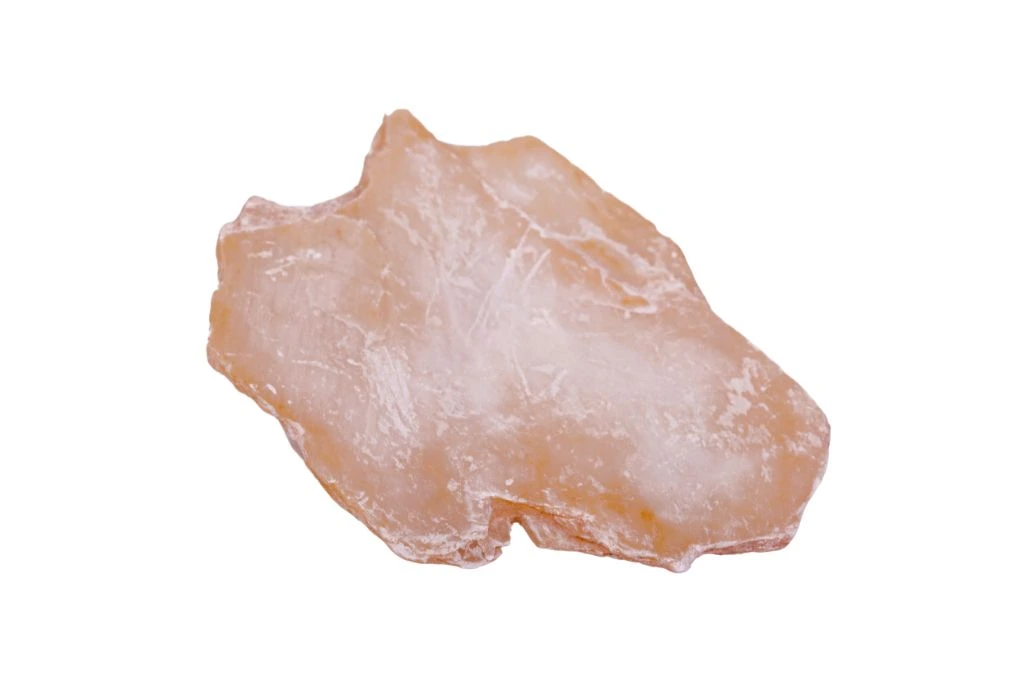
Calcite is commonly found in rocks, like limestone and marble, making it relatively easy to encounter. Cleaning Calcite is straightforward. Use a soft brush or lukewarm water, but be cautious not to use anything acidic, as Calcite doesn’t react well to acidic substances.
Pyrite
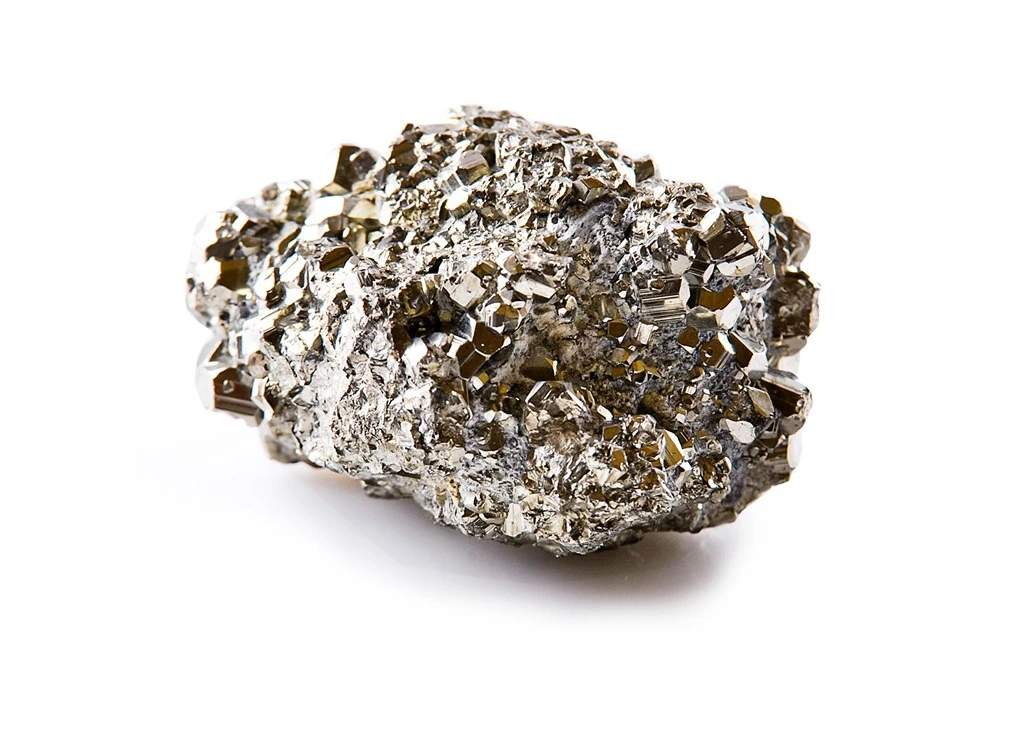
Pyrite is recognizable by its shiny, golden appearance, often making it stand out in rocks and soils. To clean Pyrite, gently brush away any dirt or dust. If you need to, you can briefly soak it in water, but avoid submerging it too long, as it may lose its shiny gold luster over time.
Documenting Your Finds
Once you’ve made your discoveries, it’s essential to document them. Cataloging and labeling each find helps in understanding and appreciating the variety and significance of your collection. Photography is a great way to capture the beauty and uniqueness of each specimen.
You should also maintain a journal where you note down the location, date, and other relevant details of the finds. This can be informative and nostalgic. These records serve as a personal memoir and can be a valuable resource for future rockhounding adventures.
Post-Trip: Cleaning and Displaying Your Crystals
After the thrill of the trip, your crystals await the tender care they deserve. Using the right cleaning techniques is crucial to maintain their innate splendor.
Certain crystals can be energetically charged under the moon or sun, enhancing their vibrational frequency and significance.
Once your crystals are cleaned and charged, it’s time to showcase them. For astrology enthusiasts, aligning crystals with zodiac signs and incorporating astrological symbols can transform your collection into a decorative and spiritual focal point in your living space.
Proper Cleaning and Displaying of Crystals:
- Gentle Cleaning: Use lukewarm water and a soft brush to gently clean the crystals. Avoid using harsh chemicals or abrasive materials.
- Moonlight Charging: Place your crystals under the moonlight, preferably during a full moon, to cleanse and charge them.
- Sunlight Charging: Some crystals benefit from the sun’s energy. However, be cautious, as prolonged exposure can fade the color of certain stones.
- Display Stands: Use crystal stands or geode holders to display individual pieces prominently.
- Astrological Alignment: Pair crystals with corresponding zodiac signs and place them on a dedicated display board or shelf.
- Terrariums: Create a crystal terrarium, adding plants and other natural elements for a holistic display.
- Crystal Grids: Design grids using multiple crystals in harmonious patterns to amplify their energy.
- Labeling: Attach small labels with the crystal’s name and properties, especially if you have a vast collection.
- Safe Storage: For delicate or rare crystals, consider using padded boxes or velvet pouches for protection.
- Rotating Display: Rotate the crystals on display periodically, allowing each one time in the spotlight and ensuring even exposure to ambient light.
With proper care, cleaning, and creative displays, your crystals can be both a source of energy and a testament to your rockhounding adventures.
Conclusion
Rockhounding, a captivating journey of collecting rocks and minerals, is more than just unearthing gems; it’s about forging lasting bonds with family and friends. The shared excitement of rock collecting and the stories behind each crystal or stone become cherished memories.
As you imagine these adventures, let the allure of your finds fuel your passion for mineral collecting and inspire future trips. Dive deeper into this enriching hobby, for the world of rock collecting for beginners and experts alike holds endless treasures waiting to be discovered.
FAQ
Is Rockhounding a Hobby?
Yes, rockhounding is a fun hobby where people gather rocks, gems, and minerals from the outdoors.
How Do I Get Started with Rockhounding?
Start by looking up nearby places to rockhound, get a simple rock-collecting set, and learn some basic tips for beginners.
What Should I Tell Kids Before Rockhounding?
First, talk about staying safe. Next, teach them to be kind to nature and show them how to spot different rocks and gems.


